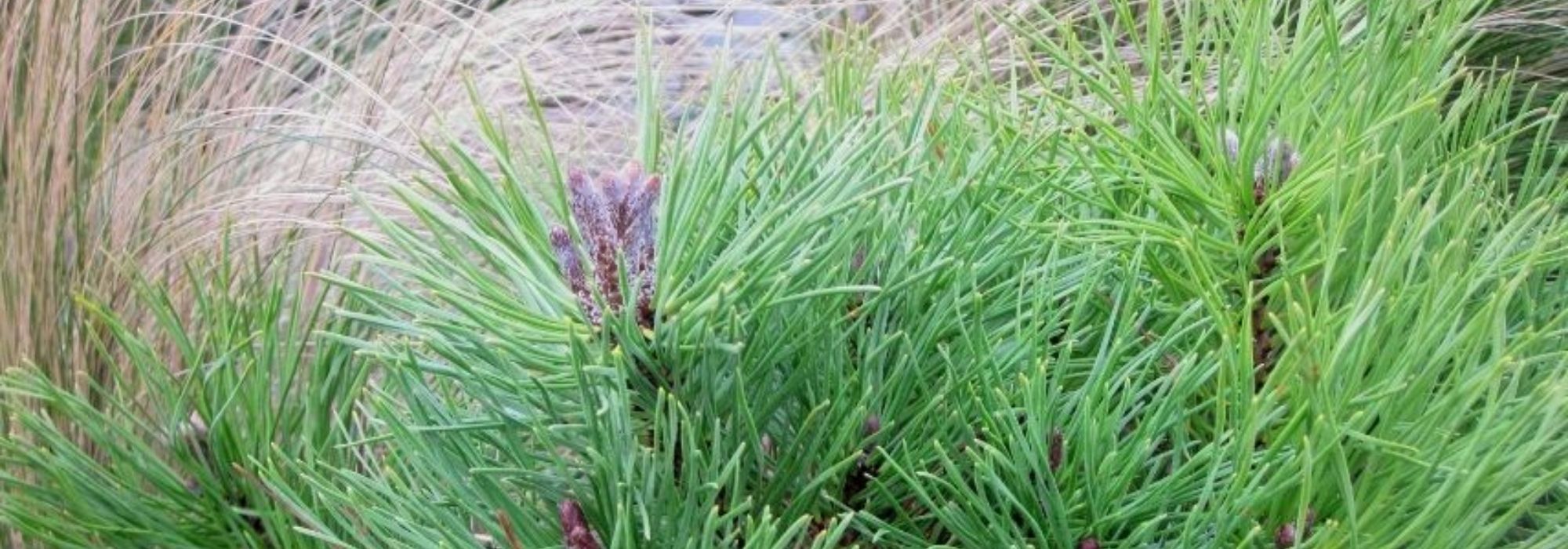
Rock garden conifers: 8 exceptional varieties
Our selection
Contents
Rockery conifers are characterised by slow growth and small size, allowing them to retain their habit for many years.
Perfect in small gardens and rockeries, they beautifully adorn paths and terraces, offering a wide palette of colours through the seasons. Indeed, some of them can display bluish, golden or even coppery foliage!
Their form can also allow play with volumes since some develop ball-shaped or pyramidal, while others are spreading or creeping… Moreover, it is possible to combine several rockery conifers together in a garden – for example Platycladus orientalis ‘Aurea Nana’ and Microbiota decussata with similar colours in autumn…
In France, there are many varieties of dwarf conifers that can be planted at any time of year (although hot climates of summer and cold climates of winter should be avoided), and they require little maintenance if planting and development recommendations are followed.
Discover our selection of rockery conifers, a small sample of shapes and colours among the very wide choice available.
Cephalotaxus harringtonia ‘Korean Gold’, with its elegant habit and bright colours
Also called « Japanese cow-tail pine », Cephalotaxus harringtonia ‘Korean Gold’ is a modest-sized evergreen conifer (up to 2 m tall and 90 cm in spread after 10 years of cultivation) that forms a broad column at its base before elongating and slightly flaring. Its silhouette, already very elegant, is enhanced by a play of colours, blending the golden tones of its young shoots and the deep green of its winter foliage.
Preferring fresh, slightly acidic soils rich in humus or sandy, Japanese cow-tail pine adapts to all exposures. It is planted in spring or autumn and requires regular watering during early months. Stunning at the back of a border, Cephalotaxus harringtonia ‘Korean Gold’ also pairs with groundcover plants such as aubrietas or cerastiums. The idea is to play with volumes and colours to emphasise an entrance or a path.
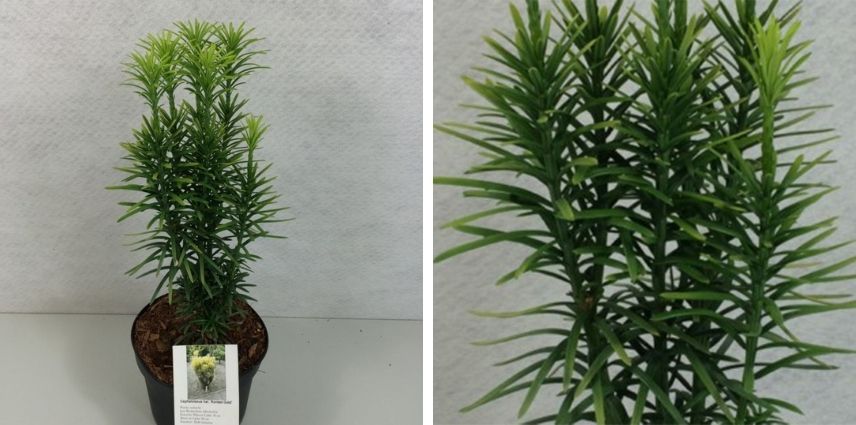
Cryptomeria japonica 'Vilmorin Gold', a compact conifer with very bright foliage
Also called “Japanese cedar”, le Cryptomeria japonica ‘Vilmorin Gold’ does not exceed 30–40 cm in height in cultivation: this dwarf conifer forms a very dense ball, slightly irregular, with young golden-to-cream shoots contrasting with the pale green of the more mature ones.
Preferring sun, this Japanese Cryptomeria is an evergreen conifer, grown in drained, cool soil, well worked to depth. Planted from September to November or from February to June, it requires regular watering in the first years and needs a special conifer fertiliser each year. Perfect for rockeries, borders and terraces, it pairs with large stones, rockery shrubs or other dwarf conifers with prostrate habit.
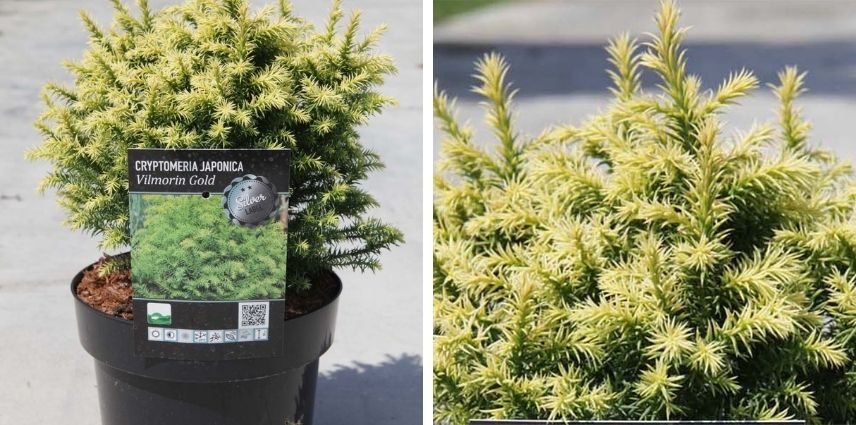
→ Learn more about Cryptomerias
Discover other Rockery Conifers
View all →Available in 1 sizes
Available in 2 sizes
Available in 1 sizes
Available in 2 sizes
Available in 1 sizes
Available in 2 sizes
Available in 3 sizes
Available in 1 sizes
Available in 1 sizes
Available in 2 sizes
Microbiota decussata, a spreading and hardy rock garden conifer
Also called “Creeping Siberian cypress”, Microbiota decussata does not rise above 40 cm, but can run up to 2.50 m in span at ripeness. Evergreen and extremely resistant to most severe climate conditions, it displays a pretty light green colour, turning yellow or even bronze tinged with red depending on season.
With a habit both compact and spreading, Microbiota decussata prefers well-drained soils and sun. Planted from September to November or from February to June, it requires generous watering at first and a special conifer fertiliser each year. At edges of terraces or paths, it pairs easily with tufty grasses and heathers.
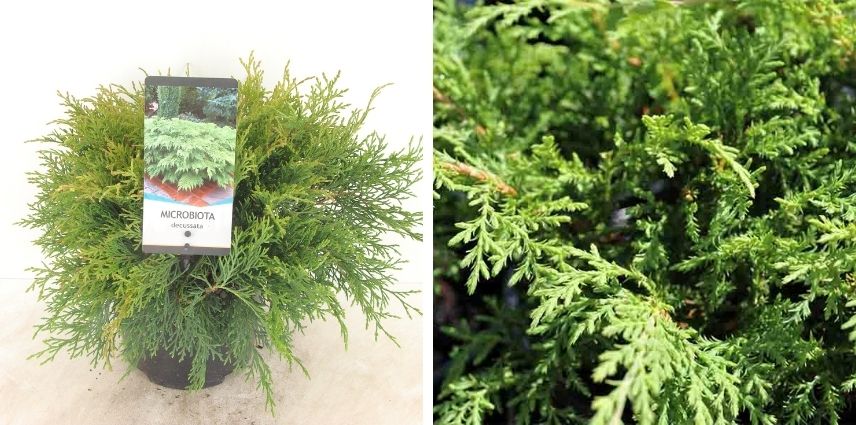
Picea omorika 'Karel' — original, hardy globe form
Also called « Serbian spruce », Picea omorika ‘Karel’ appears as a flattened globe, evergreen and compact, with short shoots forming small tufts of green with a bluish sheen. At ripeness, it can reach up to 80 cm in height with a 1 m spread.
Preferring sun and well-drained soils that are both cool and dry, Serbian spruce is planted from September to November or from February to June. With generous watering and annual application of a special conifer fertiliser, cultivation presents no particular difficulty. Perfect with large stones, dwarf conifers with prostrate habit, heathers or bushes with flowers, it easily finds a place in small gardens and on terraces.
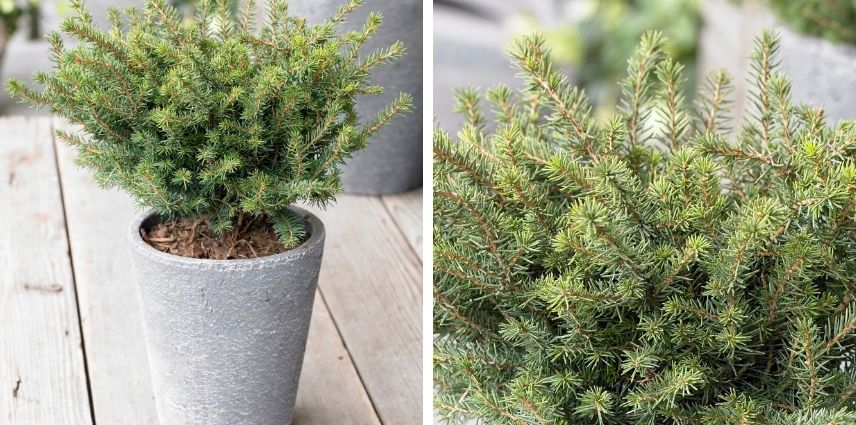
Picea glauca ‘Echiniformis’, the little plant hedgehog
Also called ‘White Spruce’, Picea glauca ‘Echiniformis’ resembles a small vegetative hedgehog, which, at ripeness, can reach 80 cm and spread up to 1.30 m. It has short branches that are covered, at their tips, with young shoots arranged in brushes, pointed, with sheens ranging from grey to green through blue, depending on seasons.
Planted from September to November or from February to June, in soil that does not dry out and is well drained, ideally in sun and sheltered from wind, white spruce requires generous watering in first years, especially during periods of drought, and application of a special conifer fertiliser each year to develop its full potential. Perfect for rockeries and terraces, this plant can be paired with heathers, flowering bushes or groundcover plants to play with colours and volumes.
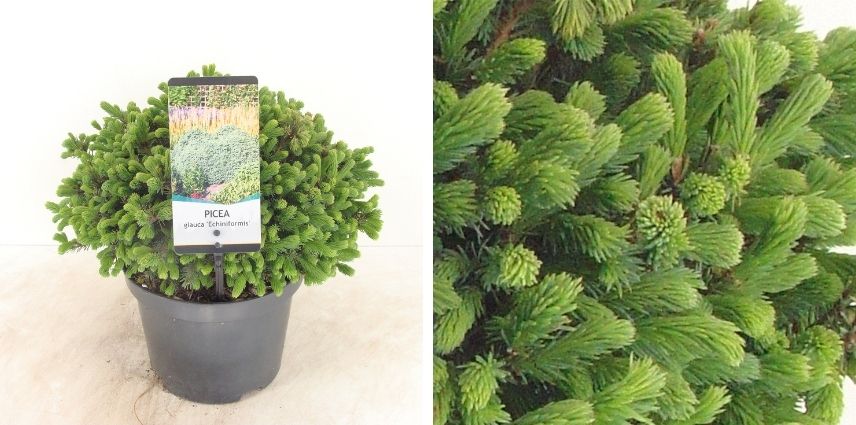
Silvery blue of hardy Juniperus squamata ‘Blue Carpet’
Also called “Scaly Juniper”, Juniperus squamata ‘Blue Carpet’ is a bush with dense foliage, feathery appearance – notably thanks to its silvery-blue highlights. Its compact habit does not exceed 25 cm at ripeness, but can spread up to 1.5 m.
When planted in fresh soil and in a sunny position, cultivation of scaly juniper is undemanding: near a water source or in an elevated position, the bush can also be grown in pots, nicely dressing a terrace or balcony alongside tufty grasses or heathers. While it requires regular watering in its first years and application of a special conifer fertiliser, care must be taken not to waterlog it, especially in winter.
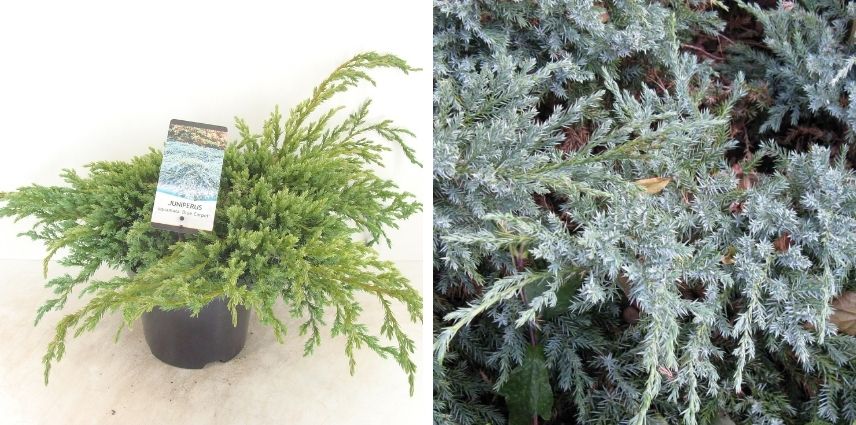
→ Learn more about Juniperus in our complete fact sheet
Cushion habit of Pinus mugo 'mughus' for a zen effect
Also called ‘mountain pine’, Pinus mugo ‘Mughus‘ is a dwarf conifer with a compact, rounded habit, forming a large dark-green bush with loose foliage and upward-pointing tips. It will not exceed 1.20 m in height and spread at ripeness.
Ideal for creating bonsai or rockeries with groundcover perennials, its cushion habit contrasts beautifully with a scree garden. Requiring no special maintenance beyond regular watering for the first two years and feeding until age four, it needs a sunny position and well-drained, moist soil: while able to withstand sub-zero temperatures (-15 °C), it copes poorly with heatwaves and drought.
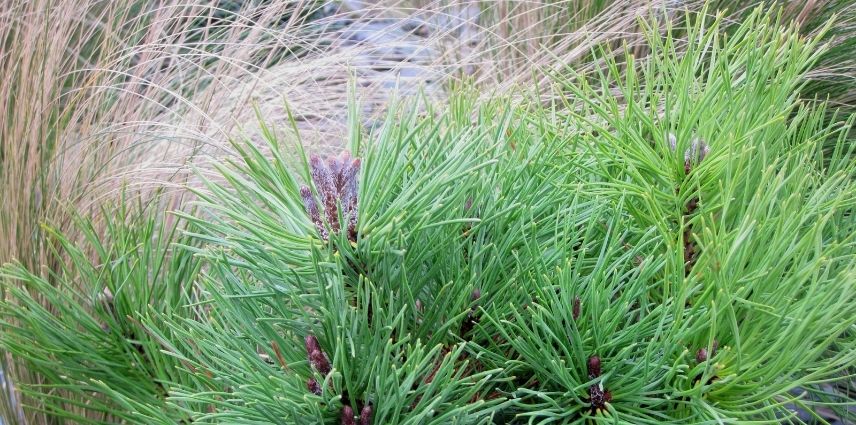
Crinkled elegance of Platycladus orientalis 'Aurea Nana'
Also called “Chinese thuja”, Platycladus orientalis ‘Aurea Nana’ is also known as “Tree of Life” for its longevity and vigour. Reaching 1 m at ripeness, with an 80 cm spread, this small-sized conifer is prized for its changing colours, shifting from yellow-green in summer to bronze in winter, taking on a lovely golden hue in spring. All enhanced by a trunk with reddish-brown bark.
Ideally planted in groups of three near an entrance or freely in a rockery or in a container, on a terrace or balcony, it requires ordinary, loose, light soil in full sun. In its first years, water it frequently and apply a special conifer fertiliser every year. Chinese thuja can be paired with grasses or with Microbiota decussata (mentioned above), whose colours resemble those of autumn.
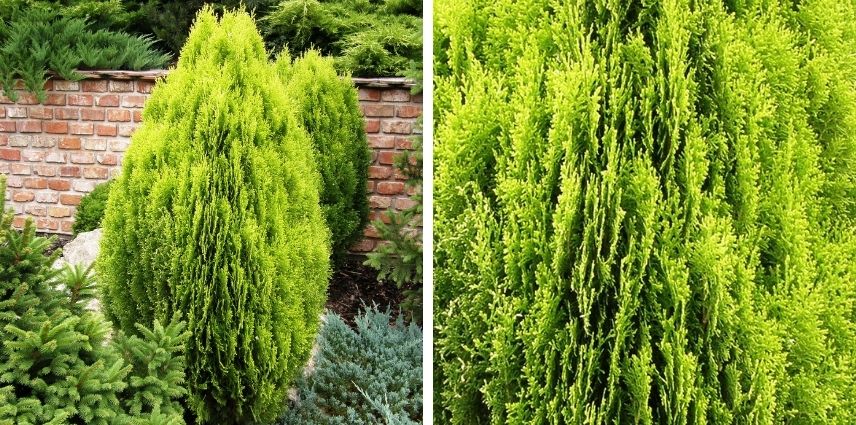
- Subscribe!
- Contents
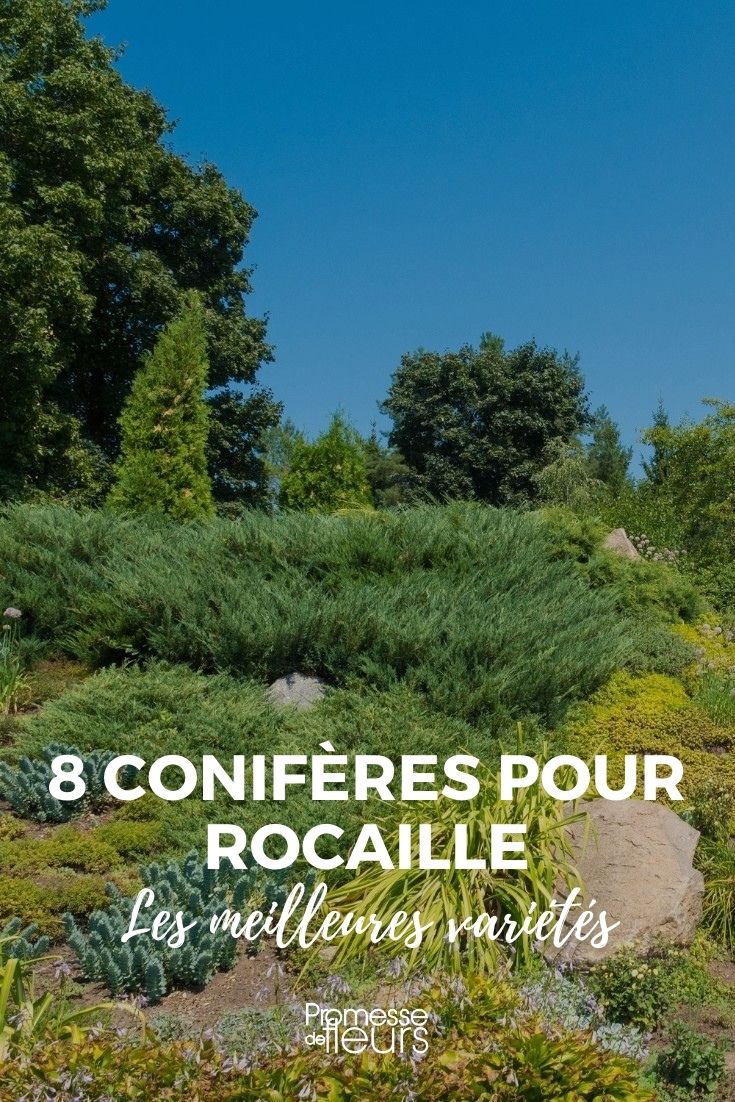































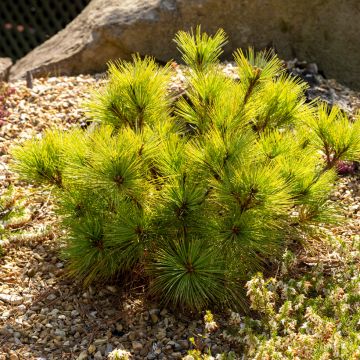
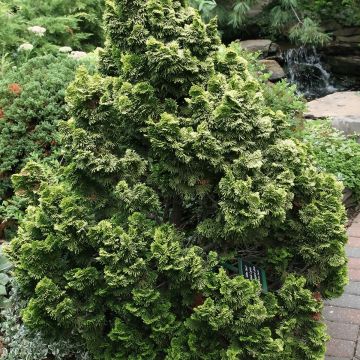
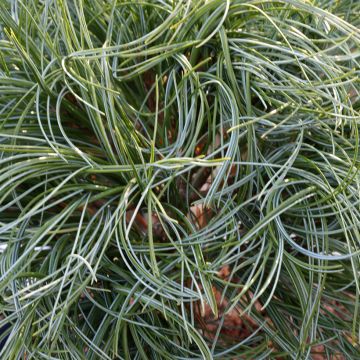
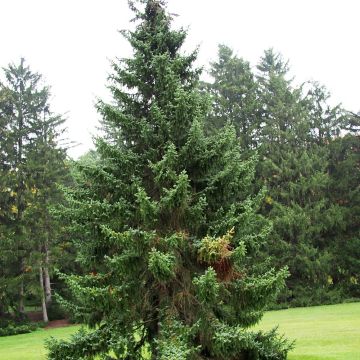
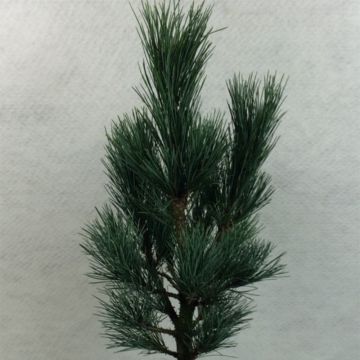
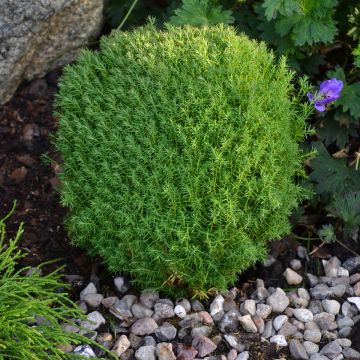
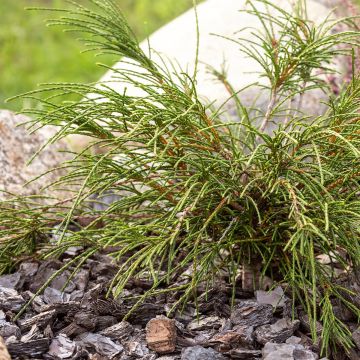
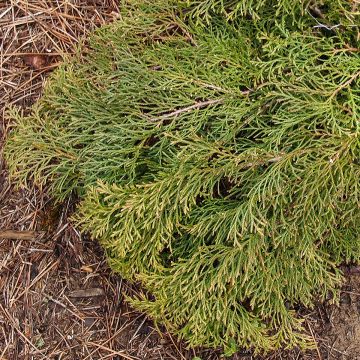
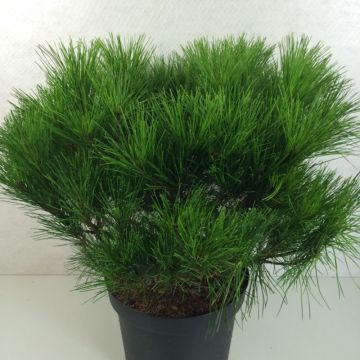

Comments